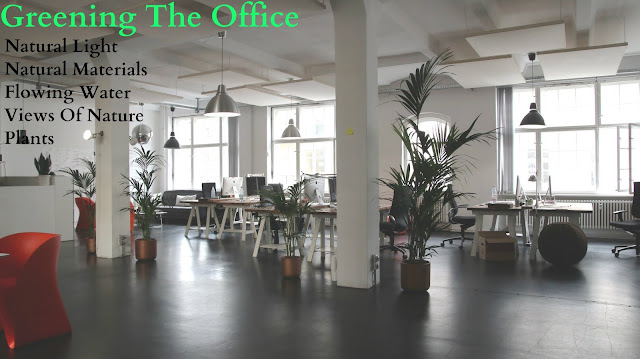From recreating the comforts of home to virtual reality advancements, here are key trends poised to take off in the modern workplace next year.
The focus now is on our ability to improve the space for everyone, to recognize the individual’s value in the workplace. The theme for 2018 office design is “vitality:” taking the office space beyond being a place we simply tolerate to becoming a place where we feel re-energized and full of possibility. The workplace has evolved rapidly over the past decade and continues to change at pace, year on year. We firmly believe any workplace we design needs to reflect that specific company – there is no out of the box, one size fits all solution.
More Textures Everywhere You Look
With the rise of the minimalist office and neutral or streamlined layouts, texture will become one way for a workplace to introduce a playful side. Textures heighten the sensory elements of a room, and can summon a nostalgic home comfort in everyday spaces. Think faux or real sheepskin chair throws, acoustic fabric wall panels, beach shell wall dividers, woven rugs, and handmade baskets.
Greening The Office
2017 was a banner year for popularizing biophilic design elements in the office. From rooftop gardens to water features to nature-based wall dividers using bamboo or wood, nature was the name of the game in the context of employee health and well being.
Office Inclusion and Accessibility Improvements
There are some creative companies that are currently testing new ways to improve accessibility for individuals, especially those with physical impairments or disabilities. For example, Panasonic recently introduced self-driving wheelchairs in Japan’s airport to test in advance of the 2020 Olympics. Visitors will be able to summon a wheelchair with a few taps on a smartphone app. For the deaf, UNI is a real-time translation device that could help employees with a hearing disability participate in meetings and interactions with co-workers. As far as design and layout are concerned, we no longer live in a one-desk-size-fits-all world. Adjustable height desks, adaptive chairs, quiet “library hours” floors, assistive devices and more are easier to create or attain to make sure all employees can thrive in their environments. The introduction of these models on a B2B level will help larger offices recognize, value, and improve the needs of disabled employees.
An Advanced Medium Will Be Introduced For Work
Augmented reality and virtual reality are slowly making their way to the front of the line. While we haven’t reached the tipping point on a wide acceptance of VR or AR, it is showing itself to be a great resource for employees that want to demonstrate models in product development, overhaul the boring pitch deck, and hold immersive meetings with stakeholders in other states or countries. For marketing or sales teams, VR and AR can help
close deals with a “face to face” call, a test drive of a product or service, or a “feel like you’re really there” lead-generation campaign. For talent recruitment, a virtual tour of the office will eventually become the standard. The next question is: will spaces be dedicated solely to VR and AR activity, or will they be seamlessly integrated at each desk? We’ll have to see. We’re about to witness some exciting changes entering the world of office design and the way we work. These are just the tip of the iceberg, and I’m looking forward to what is next.
More Textures Everywhere You Look
With the rise of the minimalist office and neutral or streamlined layouts, texture will become one way for a workplace to introduce a playful side. Textures heighten the sensory elements of a room, and can summon a nostalgic home comfort in everyday spaces. Think faux or real sheepskin chair throws, acoustic fabric wall panels, beach shell wall dividers, woven rugs, and handmade baskets.
Greening The Office
2017 was a banner year for popularizing biophilic design elements in the office. From rooftop gardens to water features to nature-based wall dividers using bamboo or wood, nature was the name of the game in the context of employee health and well being.
close deals with a “face to face” call, a test drive of a product or service, or a “feel like you’re really there” lead-generation campaign. For talent recruitment, a virtual tour of the office will eventually become the standard. The next question is: will spaces be dedicated solely to VR and AR activity, or will they be seamlessly integrated at each desk? We’ll have to see. We’re about to witness some exciting changes entering the world of office design and the way we work. These are just the tip of the iceberg, and I’m looking forward to what is next.
Office Design Trends for future




